Martin J. McKeown
Interpretable EEG-to-Image Generation with Semantic Prompts
Jul 09, 2025Abstract:Decoding visual experience from brain signals offers exciting possibilities for neuroscience and interpretable AI. While EEG is accessible and temporally precise, its limitations in spatial detail hinder image reconstruction. Our model bypasses direct EEG-to-image generation by aligning EEG signals with multilevel semantic captions -- ranging from object-level to abstract themes -- generated by a large language model. A transformer-based EEG encoder maps brain activity to these captions through contrastive learning. During inference, caption embeddings retrieved via projection heads condition a pretrained latent diffusion model for image generation. This text-mediated framework yields state-of-the-art visual decoding on the EEGCVPR dataset, with interpretable alignment to known neurocognitive pathways. Dominant EEG-caption associations reflected the importance of different semantic levels extracted from perceived images. Saliency maps and t-SNE projections reveal semantic topography across the scalp. Our model demonstrates how structured semantic mediation enables cognitively aligned visual decoding from EEG.
ESCAPE: Energy-based Selective Adaptive Correction for Out-of-distribution 3D Human Pose Estimation
Jul 19, 2024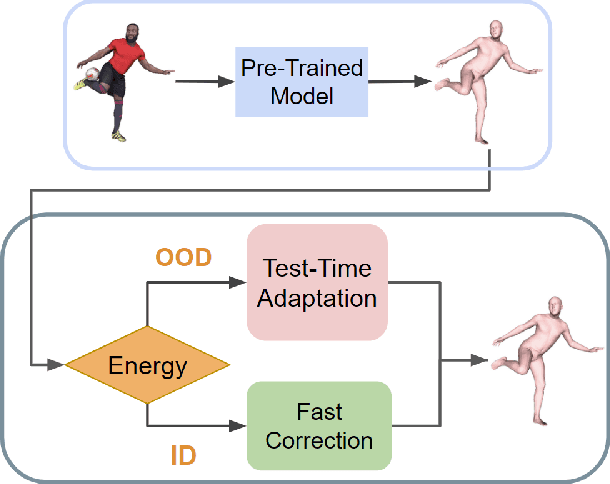
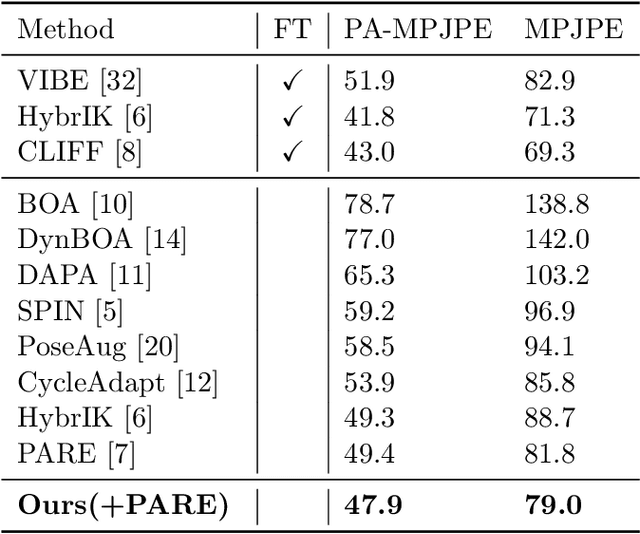
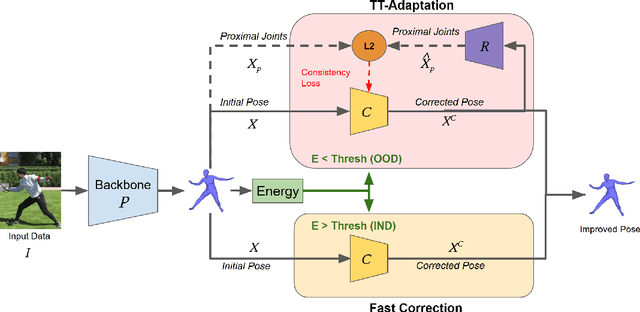
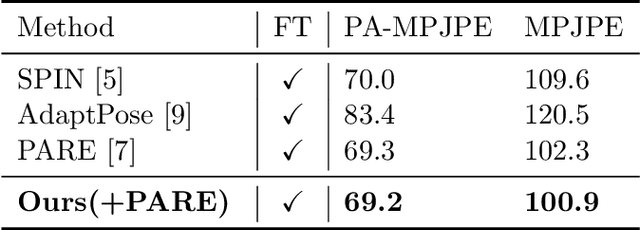
Abstract:Despite recent advances in human pose estimation (HPE), poor generalization to out-of-distribution (OOD) data remains a difficult problem. While previous works have proposed Test-Time Adaptation (TTA) to bridge the train-test domain gap by refining network parameters at inference, the absence of ground-truth annotations makes it highly challenging and existing methods typically increase inference times by one or more orders of magnitude. We observe that 1) not every test time sample is OOD, and 2) HPE errors are significantly larger on distal keypoints (wrist, ankle). To this end, we propose ESCAPE: a lightweight correction and selective adaptation framework which applies a fast, forward-pass correction on most data while reserving costly TTA for OOD data. The free energy function is introduced to separate OOD samples from incoming data and a correction network is trained to estimate the errors of pretrained backbone HPE predictions on the distal keypoints. For OOD samples, we propose a novel self-consistency adaptation loss to update the correction network by leveraging the constraining relationship between distal keypoints and proximal keypoints (shoulders, hips), via a second ``reverse" network. ESCAPE improves the distal MPJPE of five popular HPE models by up to 7% on unseen data, achieves state-of-the-art results on two popular HPE benchmarks, and is significantly faster than existing adaptation methods.
Occlusion-Robust FAU Recognition by Mining Latent Space of Masked Autoencoders
Dec 08, 2022Abstract:Facial action units (FAUs) are critical for fine-grained facial expression analysis. Although FAU detection has been actively studied using ideally high quality images, it was not thoroughly studied under heavily occluded conditions. In this paper, we propose the first occlusion-robust FAU recognition method to maintain FAU detection performance under heavy occlusions. Our novel approach takes advantage of rich information from the latent space of masked autoencoder (MAE) and transforms it into FAU features. Bypassing the occlusion reconstruction step, our model efficiently extracts FAU features of occluded faces by mining the latent space of a pretrained masked autoencoder. Both node and edge-level knowledge distillation are also employed to guide our model to find a mapping between latent space vectors and FAU features. Facial occlusion conditions, including random small patches and large blocks, are thoroughly studied. Experimental results on BP4D and DISFA datasets show that our method can achieve state-of-the-art performances under the studied facial occlusion, significantly outperforming existing baseline methods. In particular, even under heavy occlusion, the proposed method can achieve comparable performance as state-of-the-art methods under normal conditions.
Toward Open-World Electroencephalogram Decoding Via Deep Learning: A Comprehensive Survey
Dec 17, 2021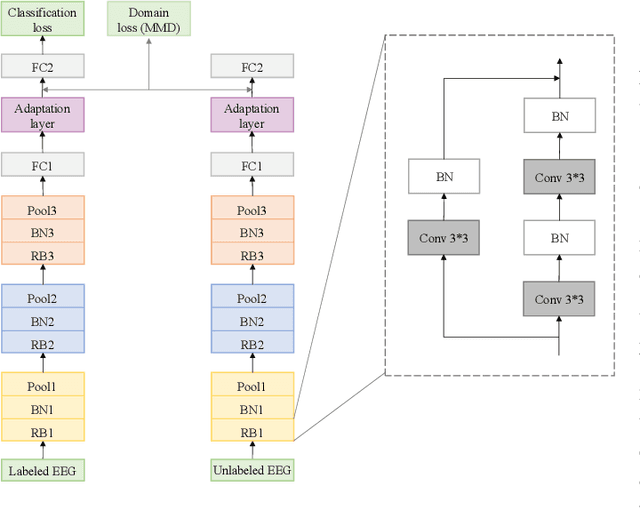
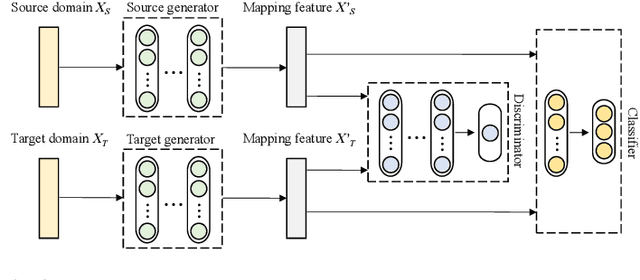
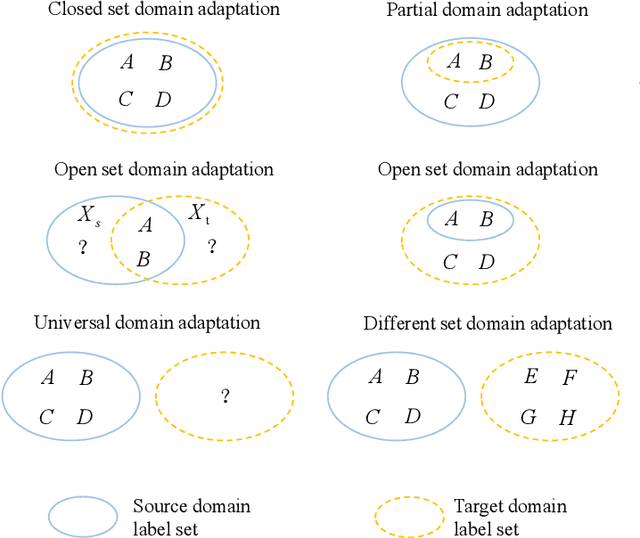
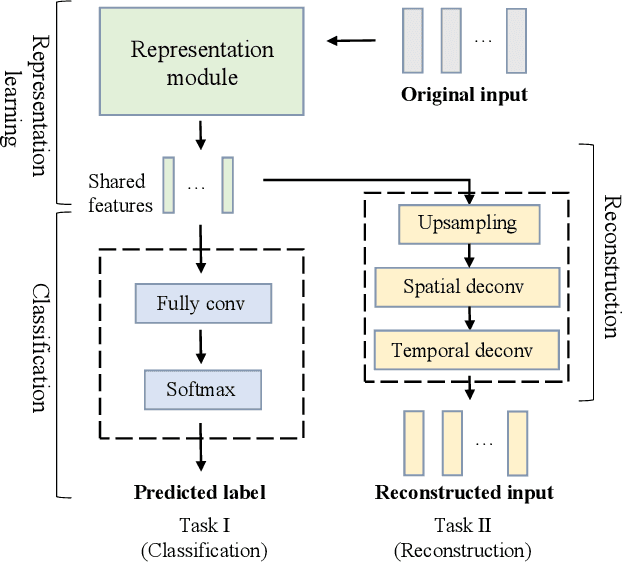
Abstract:Electroencephalogram (EEG) decoding aims to identify the perceptual, semantic, and cognitive content of neural processing based on non-invasively measured brain activity. Traditional EEG decoding methods have achieved moderate success when applied to data acquired in static, well-controlled lab environments. However, an open-world environment is a more realistic setting, where situations affecting EEG recordings can emerge unexpectedly, significantly weakening the robustness of existing methods. In recent years, deep learning (DL) has emerged as a potential solution for such problems due to its superior capacity in feature extraction. It overcomes the limitations of defining `handcrafted' features or features extracted using shallow architectures, but typically requires large amounts of costly, expertly-labelled data - something not always obtainable. Combining DL with domain-specific knowledge may allow for development of robust approaches to decode brain activity even with small-sample data. Although various DL methods have been proposed to tackle some of the challenges in EEG decoding, a systematic tutorial overview, particularly for open-world applications, is currently lacking. This article therefore provides a comprehensive survey of DL methods for open-world EEG decoding, and identifies promising research directions to inspire future studies for EEG decoding in real-world applications.
 Add to Chrome
Add to Chrome Add to Firefox
Add to Firefox Add to Edge
Add to Edge